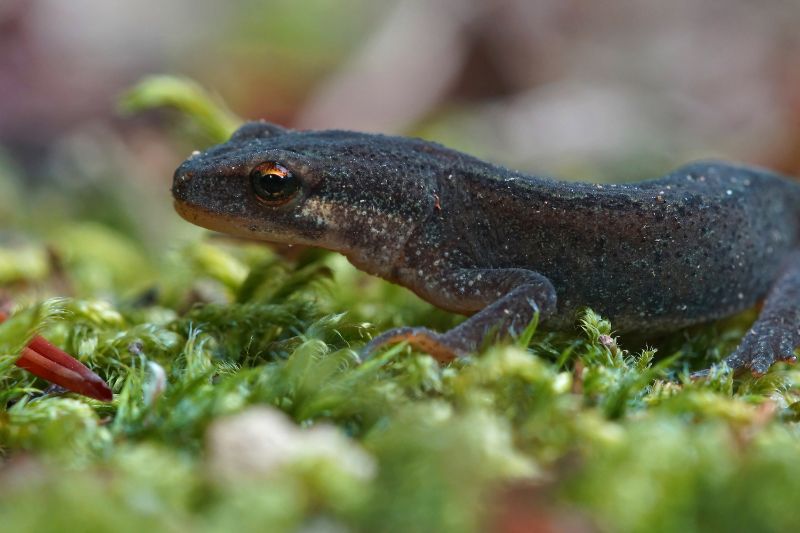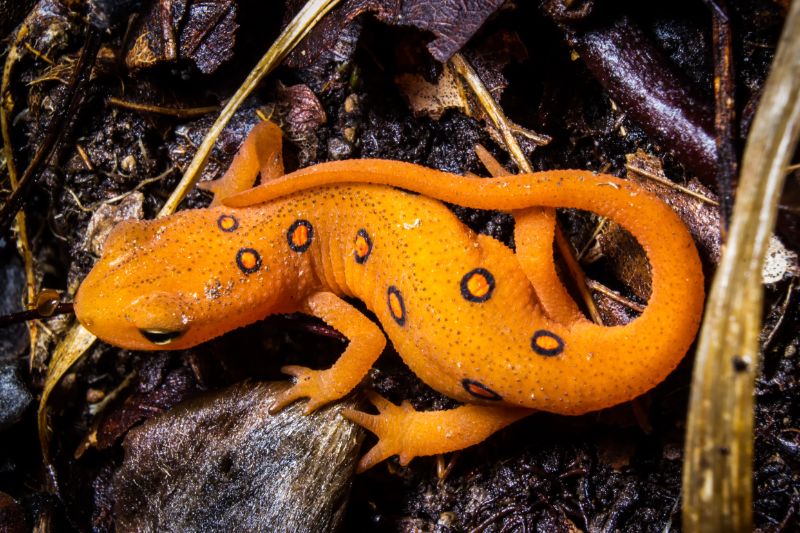Believe it or not, your garden may be the perfect habitat for certain curious and intriguing creatures – newts. However, their mischievous demeanor and undeterred curiosity can cause quite the havoc. One unique yet highly effective solution to safeguard your cherished green space is Newt Fencing. Let’s delve into the world of these tiny amphibians and discover how to protect your gardens using Newt Fencing.
Understanding The Great Crested Newt

This fascinating amphibian, a quintessential British species, is critically defined by its jagged crest and conspicuous white spots. While intriguing to look at, they are increasingly at threat due to their rapidly dwindling habitats, pushing the envelope for practical solutions like Newt Fencing.
Recognizing Their Habitats
- Farmhouses and quarries
- Grasslands and dunes
- Woods and industrial sites
Essentially, these newts are at home in places rich in plant life and substantial, fish-free water bodies. Their young need a safe water habitat for around three months post-hatching, after which they venture onto land. Remember – proximity between terrestrial and aquatic habitats is crucial for these newts.
The Imperative of Newt Fencing

Due to the disheartening rate of 2% yearly decrease in their colonies, it’s become imperative to protect their habitats. Legislation has been put in place to prevent intentional damage to newt shelters and habitats. This is where Newt Fencing enters the picture as an efficient and protective measure.
See Related: The Ultimate Guide to Brown Snakes: Behavior, Habitat, and Safety Tips
Temporary and Permanent Fencing
Whether a short-term measure during construction or a permanent solution in high-risk areas, the fencing serves to preserve critical newt habitats. Installation comprises of burying the fence base, which can be wood, plastic, or polythene, min. 10 inches below the surface.
- Temporary Usage: Ideal for construction site work to prevent accidental habitat damage.
- Permanent Fencing: A long-term barrier best suited to high-risk areas. Polythene not recommended here due to its two-year lifespan.
A comprehensive understanding of these considerations can help you make an informed choice for your garden Newt Fencing.
Being compassionate towards our tiny inhabitants who are losing their natural homes to human expansion is essential. Newt Fencing not only aids this effort but also helps us coexist peacefully. Let’s embrace these fascinating creatures and do our part to maintain their habitats, securing their future and our gardens.
Related Resources: